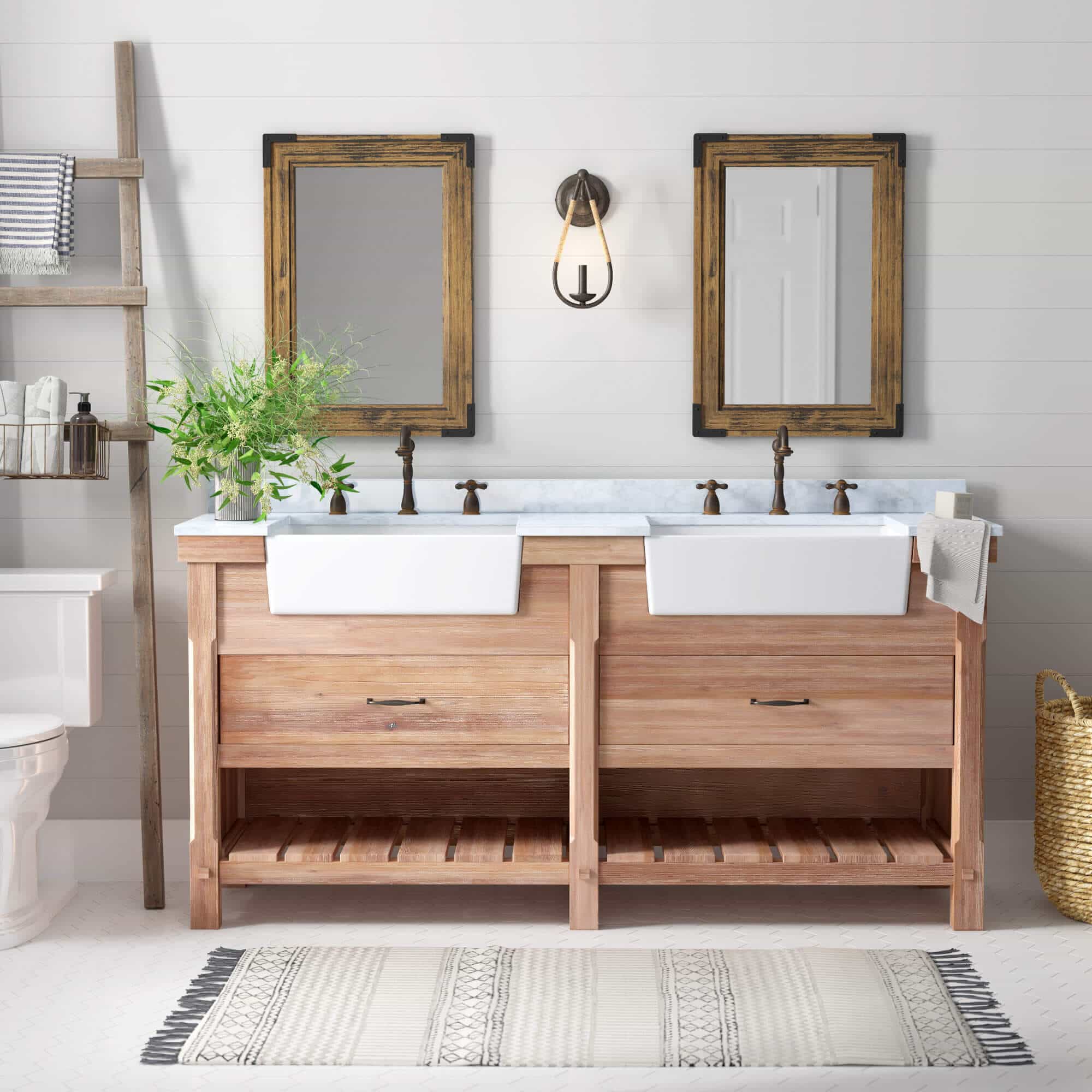

Articles
What Is A Bathroom Vanity
Modified: February 23, 2024
Discover informative and engaging articles about vanity bathrooms and their various features. Gain insights and inspiration for your bathroom renovation projects.
(Many of the links in this article redirect to a specific reviewed product. Your purchase of these products through affiliate links helps to generate commission for Storables.com, at no extra cost. Learn more)
Introduction
A vanity bathroom is a stylish and functional addition to any home. It is a specialized area in the bathroom that combines a sink, countertop, and storage cabinets into one cohesive unit. This versatile piece of furniture not only enhances the aesthetic appeal of the bathroom but also provides essential storage space for toiletries, towels, and other bathroom necessities.
A vanity bathroom is designed to offer both practicality and beauty. It serves as a focal point in the bathroom, showcasing the owner’s unique style and personality. With a variety of styles, materials, and configurations available, homeowners have the freedom to create a vanity bathroom that suits their needs and complements the overall design of the space.
Whether you are renovating your bathroom or building a new home, incorporating a vanity bathroom into your design can elevate the functionality and visual appeal of the space. In this article, we will explore the definition, functions, design elements, materials, installation process, and maintenance of a vanity bathroom.
Key Takeaways:
- A vanity bathroom is a multifunctional and stylish addition to any home, offering dedicated space for personal hygiene, ample storage solutions, and the opportunity to showcase personal style and design preferences.
- Choosing the right vanity bathroom involves considering factors such as size, style, material, and budget, while proper installation and maintenance are crucial for preserving its longevity and visual appeal.
Read more: What Is A Vanity?
Definition of a Vanity Bathroom
A vanity bathroom, also known as a bathroom vanity or bathroom cabinet, is a specialized unit that combines a sink, countertop, and storage space into one convenient package. It is typically installed in bathrooms to provide a dedicated area for washing hands, brushing teeth, and completing daily grooming routines.
Vanity bathrooms come in various sizes and styles, ranging from small single-sink vanities to larger double-sink options. They are designed to fit seamlessly into bathroom layouts, allowing for efficient use of space while enhancing the overall aesthetics of the room.
One of the primary purposes of a vanity bathroom is to offer storage solutions. The cabinets and drawers beneath the sink provide ample space to store toiletries, cleaning supplies, towels, and other bathroom essentials. This helps to keep the bathroom neat and organized, reducing clutter and promoting a relaxing atmosphere.
Furthermore, vanity bathrooms often have a mirror mounted above the sink, allowing users to easily see themselves while carrying out their daily routines. The mirror’s size and positioning are chosen to provide optimal visibility and lighting, ensuring that users can perform tasks such as shaving or applying makeup with ease.
Overall, a vanity bathroom is a functional and stylish addition to any bathroom. It offers a dedicated space for personal hygiene and grooming, while also providing valuable storage options. With its combination of design elements and practical features, a vanity bathroom serves as a centerpiece in bathroom design and enhances the overall functionality of the space.
Function of a Vanity Bathroom
A vanity bathroom serves several important functions in a bathroom space. Beyond providing an area for personal hygiene and grooming, it offers practical storage solutions and adds aesthetic value to the room.
One of the primary functions of a vanity bathroom is to provide a dedicated space for daily grooming activities. The sink and countertop allow users to wash their hands, brush their teeth, and perform other personal hygiene tasks with ease. Having these amenities in a designated area keeps the rest of the bathroom cleaner and more organized.
In addition to its functionality, a vanity bathroom is designed to offer ample storage space. The cabinets and drawers beneath the sink offer storage solutions for toiletries, cleaning supplies, towels, and other bathroom essentials. This helps to reduce clutter and keep the bathroom tidy and organized.
Another important function of a vanity bathroom is its ability to enhance the overall aesthetics of the space. With a wide range of designs, materials, and finishes available, homeowners have the opportunity to create a vanity bathroom that aligns with their personal style and complements the rest of the bathroom décor. From sleek and modern designs to rustic or traditional styles, there is a vanity bathroom option to suit every taste.
Furthermore, a vanity bathroom often includes a mirror mounted above the sink, providing users with a reflective surface for grooming and getting ready. The mirror’s positioning and size are strategically chosen to provide optimal visibility and lighting, making tasks such as shaving or applying makeup more convenient.
Overall, the function of a vanity bathroom goes beyond basic hygiene. It offers a practical and organized space for daily routines, provides valuable storage options, and contributes to the overall aesthetic appeal of the bathroom. Whether you are looking to improve functionality or add a touch of elegance to your bathroom, a vanity bathroom is an essential element to consider.
Design Elements of a Vanity Bathroom
A vanity bathroom is not just a functional piece of furniture; it is also an opportunity to showcase your personal style and create a visually appealing space. When designing a vanity bathroom, there are various elements to consider, including the style, materials, finishes, and hardware.
1. Style: The style of the vanity bathroom sets the overall tone and aesthetic of the space. Whether you prefer modern, traditional, rustic, or eclectic styles, there are countless options to choose from. Consider the existing style of your bathroom and select a vanity that complements or contrasts with it to create a cohesive and visually pleasing design.
2. Materials: The choice of materials for your vanity bathroom influences both its appearance and durability. Common materials include wood, plywood, MDF, and composite materials. Each material has its own unique characteristics and can be finished with paint, stain, or natural finishes to achieve the desired look.
3. Countertop: The countertop material is an important design element that should be both aesthetically pleasing and practical. Popular choices include marble, granite, quartz, and solid surface materials. Consider the durability, maintenance requirements, and color options when selecting a countertop material that best fits your needs.
4. Sinks: The style and type of sink can greatly impact the overall look of the vanity bathroom. Common options include undermount sinks, vessel sinks, and integrated sinks. Choose a sink that complements the style and size of the vanity, while also considering functionality and ease of cleaning.
5. Hardware: The hardware, such as drawer pulls, knobs, and faucet handles, can add a finishing touch to your vanity bathroom design. Consider the style, finish, and functionality of the hardware to ensure it complements the overall look and feel of the space.
6. Storage: Storage is a crucial design element for a vanity bathroom. Consider the number and size of cabinets and drawers that will best accommodate your storage needs. Optimize organization by incorporating features such as adjustable shelving or built-in dividers.
7. Lighting: Proper lighting is essential in a bathroom, and the vanity area is no exception. Consider adding adequate lighting fixtures to provide ample illumination for daily grooming tasks. Options include wall sconces, recessed lighting, or a vanity mirror with built-in lighting.
By carefully considering these design elements, you can create a vanity bathroom that not only meets your functional needs but also reflects your personal style and enhances the overall aesthetic appeal of your bathroom space.
Types of Vanity Bathroom Materials
When choosing a vanity bathroom, one of the key considerations is the material used in its construction. The material not only affects the durability and longevity of the vanity but also plays a significant role in its overall aesthetic appeal. Here are some common types of materials used in vanity bathroom construction:
1. Wood: Wood is a popular choice for vanity bathrooms due to its timeless and natural beauty. Common wood species used include oak, maple, cherry, and walnut. Wood vanities can be stained or painted to match various design styles and can add warmth and character to the bathroom.
2. Plywood: Plywood is composed of multiple layers of wood veneers, making it a strong and durable material for vanity bathrooms. It is resistant to warping and provides stability to the vanity structure. Plywood vanities can be covered with laminate or veneer to achieve different finishes and styles.
3. MDF (Medium Density Fiberboard): MDF is a composite wood product made from recycled wood fibers and resin. It is a cost-effective option that offers durability and smooth surfaces for painting or laminating. MDF vanities can be customized with various finishes and styles to suit different design preferences.
4. Laminate: Laminate is a synthetic material made by fusing layers of paper or fabric with resin. It is known for its affordable price and wide range of color and pattern options. Laminate vanities are resistant to moisture and easy to clean, making them suitable for high-humidity bathrooms.
5. Solid Surface: Solid surface materials, such as Corian or quartz, offer a seamless and contemporary look for vanity bathrooms. They are made of a mixture of natural minerals and resins, providing a durable and non-porous surface that is resistant to stains and scratches. Solid surface vanities are available in a variety of colors and can be custom-shaped to fit unique bathroom layouts.
6. Glass: Glass vanities are a modern and stylish choice for vanity bathrooms. They typically feature tempered glass countertops or sinks that create a sleek and transparent look. Glass vanities can be paired with metallic or wooden accents to add sophistication to the bathroom.
When selecting the material for your vanity bathroom, consider factors such as durability, moisture resistance, maintenance requirements, and the desired aesthetics for your bathroom space. By choosing the right material, you can ensure that your vanity bathroom not only looks stunning but also withstands the test of time in your bathroom.
When designing a vanity bathroom, consider the size and layout of the space, the style and functionality of the vanity, and the storage options available. Make sure to prioritize both aesthetics and practicality to create a functional and beautiful bathroom.
Read more: What Is A Vanity Light
Choosing the Right Vanity Bathroom for Your Space
Choosing the right vanity bathroom for your space is crucial to achieving a functional and visually appealing bathroom design. With so many options available, it’s important to consider factors such as size, style, storage needs, and overall layout. Here are some tips to help you make the right choice:
1. Measure your space: Start by measuring the available space in your bathroom. Consider the width, height, and depth that the vanity can occupy without obstructing movement or other bathroom fixtures. This will help determine the appropriate size and configuration of your vanity.
2. Evaluate your storage needs: Assess how much storage space you require for your bathroom essentials. Consider the number of drawers, shelves, and cabinets you need to accommodate toiletries, towels, and other items. This will help determine the size and number of storage compartments in your vanity.
3. Consider the plumbing: Take into account the existing plumbing setup in your bathroom. If you are replacing an old vanity, ensure that the new one aligns with the plumbing connections. If you are remodeling, consult with a plumber to confirm the compatibility of your chosen vanity with the existing plumbing infrastructure.
4. Determine your style: Consider the overall style and theme of your bathroom. Do you prefer a modern, traditional, rustic, or minimalist look? Select a vanity that aligns with your preferred style and complements the other design elements in your bathroom.
5. Material and finish: Choose a material and finish for your vanity that not only suits your style but also offers durability and easy maintenance. Consider options such as wood, MDF, laminate, or solid surface materials and select a finish that complements your bathroom aesthetics.
6. Explore additional features: Think about additional features that you may want in your vanity bathroom. This could include features like built-in lighting, integrated sinks, or adjustable shelves. These extra features can enhance the functionality and convenience of your vanity.
7. Consider your budget: Set a budget for your vanity bathroom project and stick to it. Research different options and compare prices to find a vanity that meets your needs without exceeding your budget.
By carefully considering these factors and conducting thorough research, you can choose a vanity bathroom that fits perfectly into your bathroom space while meeting your functional and aesthetic requirements. Remember, selecting the right vanity is an investment in enhancing the overall appeal and functionality of your bathroom.
Installing a Vanity Bathroom
Installing a vanity bathroom is a rewarding project that can transform the look and functionality of your bathroom. While the process may vary depending on the specific design and layout of your space, here is a general guide to help you with the installation:
1. Prepare the space: Begin by clearing out the area where the vanity will be installed. Remove any existing vanity, plumbing fixtures, and accessories. Ensure that the wall behind the vanity is clean and in good condition.
2. Measure and mark: Use a measuring tape to determine the exact positioning of the vanity. Mark the location on the floor and walls using a pencil. Check the levelness of the marked lines and make any necessary adjustments.
3. Install the plumbing: If you are replacing an old vanity, you can connect the new plumbing fixtures to the existing plumbing lines. If you are installing a vanity for the first time or reconfiguring the plumbing, it is recommended to seek professional plumbing assistance to ensure proper installation.
4. Place the vanity: Carefully lift the vanity into place and position it according to the marked guidelines. Check the levelness and adjust as needed. Ensure that the vanity is properly aligned with the plumbing connections.
5. Secure the vanity: Use screws and a drill to secure the vanity to the wall. Make sure the vanity is firmly anchored to prevent any movement or instability. Follow the manufacturer’s instructions for securing and attaching the vanity.
6. Connect the plumbing: Connect the plumbing fixtures, such as the faucet and drain, to the plumbing lines. Use appropriate plumbing tools to ensure tight and leak-free connections. Consult the manufacturer’s instructions or seek professional assistance if needed.
7. Install the countertop/sink: If the countertop and sink are separate from the vanity, carefully place and secure them according to the manufacturer’s instructions. Ensure that the sink is properly sealed to prevent any water leakage.
8. Attach the hardware: Install the drawer pulls, knobs, and other hardware according to your preferred design. Make sure they are properly aligned and securely attached.
9. Seal and caulk: Apply a bead of caulk around the edges of the countertop/sink to create a watertight seal and prevent moisture from seeping in.
10. Test and clean: Check for any leaks by turning on the water supply and running the faucet. Make sure all plumbing connections are secure and functioning properly. Clean up any debris or excess caulk from the installation process.
It is important to note that if you are unsure of any step or lack the necessary skills and tools, it is recommended to hire a professional contractor or plumber to ensure a proper and safe installation of your vanity bathroom.
Maintenance and Care for Vanity Bathrooms
Maintaining and caring for your vanity bathroom is essential to ensure its longevity and keep it looking its best. With proper cleaning and maintenance, you can preserve the functionality and beauty of your vanity bathroom for years to come. Here are some tips to help you maintain and care for your vanity:
1. Regular cleaning: Regularly clean your vanity bathroom to prevent the buildup of dirt, grime, and soap residue. Use a mild, non-abrasive cleaner and a soft cloth or sponge to wipe down the surfaces. Avoid using harsh chemicals or abrasive cleaners that could damage the finish.
2. Avoid excess moisture: Excessive moisture can damage the materials and finishes of your vanity. Wipe up any spills or splashes immediately to prevent water damage. Ensure that the vanity is well-ventilated to prevent the growth of mold or mildew.
3. Use gentle cleaning tools: When cleaning your vanity, avoid using rough scrub brushes or abrasive sponges that can scratch or damage the surfaces. Opt for soft cloths, microfiber cloths, or non-scratch scrub brushes to gently remove dirt and stains.
4. Protect the countertop: Use coasters or trays to prevent water rings or stains on the countertop. Avoid placing hot items directly on the countertop, as it may cause damage or discoloration. Use cutting boards or mats when using sharp objects to prevent scratching.
5. Check and tighten hardware: Periodically check the hardware, such as drawer pulls and knobs, to ensure they are securely fastened. If any hardware becomes loose, tighten it to prevent damage or accidents.
6. Avoid harsh chemicals: Harsh cleaners, bleaches, and acidic solutions can damage the finish and surfaces of your vanity. Use mild, non-abrasive cleaners that are specifically formulated for the materials used in your vanity bathroom.
7. Preventative maintenance: Regularly inspect your vanity bathroom for any signs of wear, such as loose hinges or damaged finishes. Address any issues promptly to prevent further damage and ensure the longevity of your vanity.
8. Follow manufacturer’s instructions: Consult the manufacturer’s instructions for any specific care and maintenance recommendations for your vanity. They may provide specific guidelines and product recommendations to help you properly care for your vanity bathroom.
9. Seek professional help if needed: If you encounter any major issues or damage to your vanity bathroom, seek assistance from a professional. They can assess the problem and provide the necessary repairs or replacements.
By following these maintenance and care tips, you can keep your vanity bathroom in excellent condition and enjoy its functionality and beauty for years to come. Regular cleaning and preventative maintenance will ensure that your vanity remains a focal point of your bathroom design and a functional asset to your daily routine.
Conclusion
A vanity bathroom is more than just a functional component; it is a design element that enhances the overall aesthetics and functionality of your bathroom. With its combination of style, storage, and practicality, a vanity bathroom is a key feature that adds value to your space.
Throughout this article, we have explored the definition, functions, design elements, materials, installation, and maintenance of a vanity bathroom. We learned that a vanity bathroom provides a dedicated space for personal hygiene and grooming, offering a convenient and organized area for daily routines. It serves as a storage solution for toiletries, towels, and other bathroom essentials, reducing clutter and creating a relaxing atmosphere.
The design elements of a vanity bathroom, including style, materials, countertops, sinks, hardware, and storage options, allow you to customize the space to suit your personal preferences and match the overall design of your bathroom. By carefully choosing the right vanity and following proper installation techniques, you can ensure a seamless integration into your bathroom space.
Maintaining and caring for your vanity bathroom is essential to preserve its longevity and visual appeal. Regular cleaning, avoiding excessive moisture, using gentle cleaning tools, and following manufacturer’s instructions will help keep your vanity in top condition.
In conclusion, a vanity bathroom is a versatile and essential component of any bathroom design. It offers both functionality and style, providing a dedicated space for daily grooming while enhancing the overall aesthetics of the room. By selecting the right vanity, properly installing it, and taking care of it with regular maintenance, you can enjoy the benefits of a beautiful and functional vanity bathroom for years to come.
Frequently Asked Questions about What Is A Bathroom Vanity
Was this page helpful?
At Storables.com, we guarantee accurate and reliable information. Our content, validated by Expert Board Contributors, is crafted following stringent Editorial Policies. We're committed to providing you with well-researched, expert-backed insights for all your informational needs.
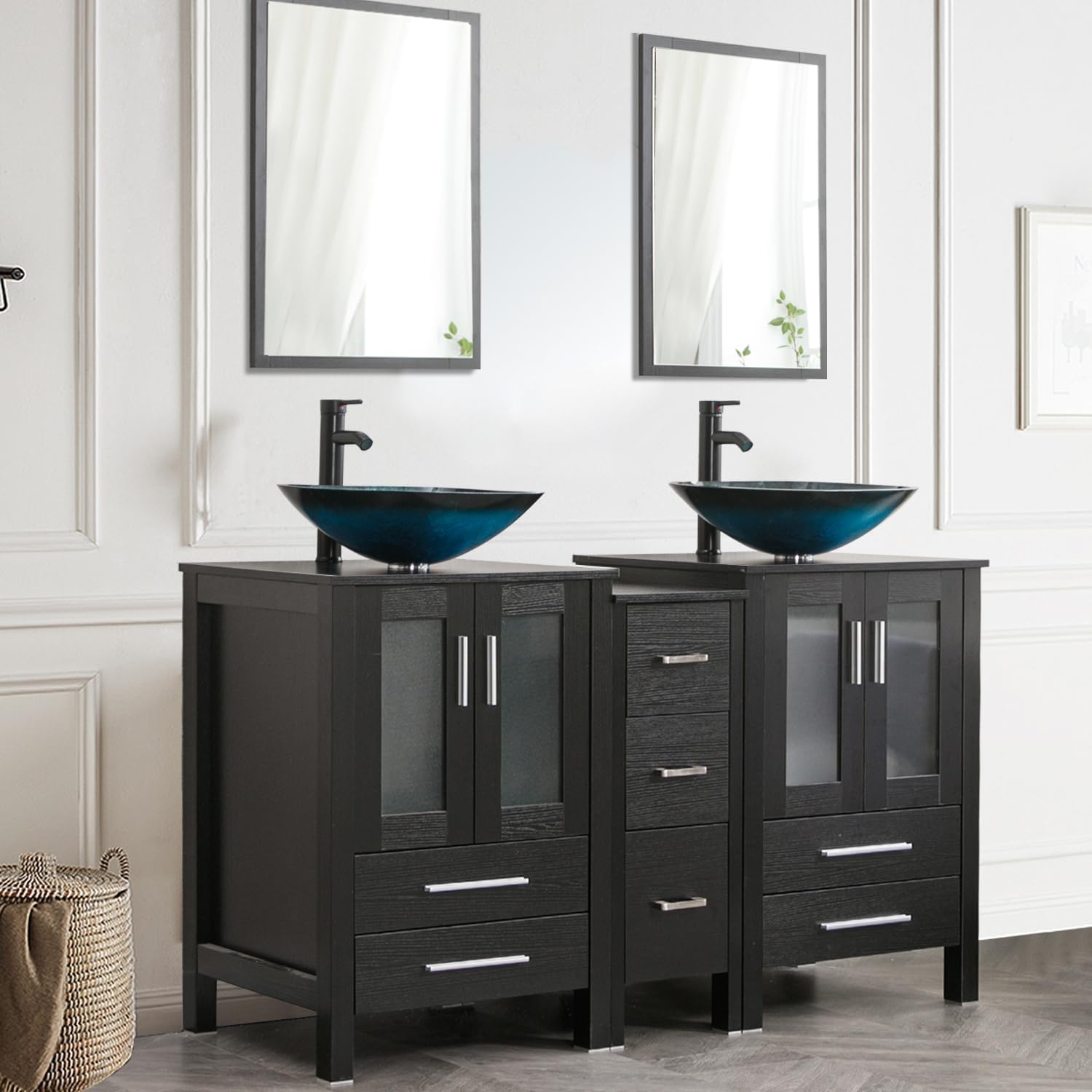
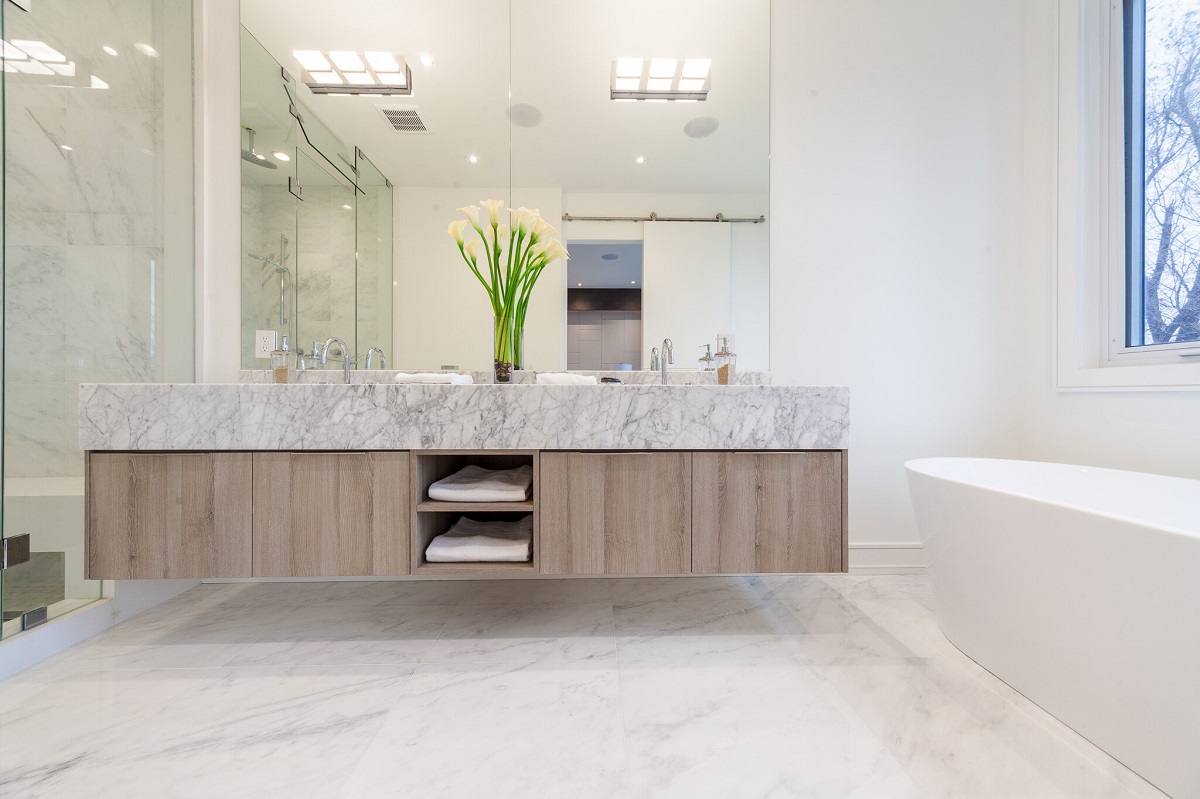
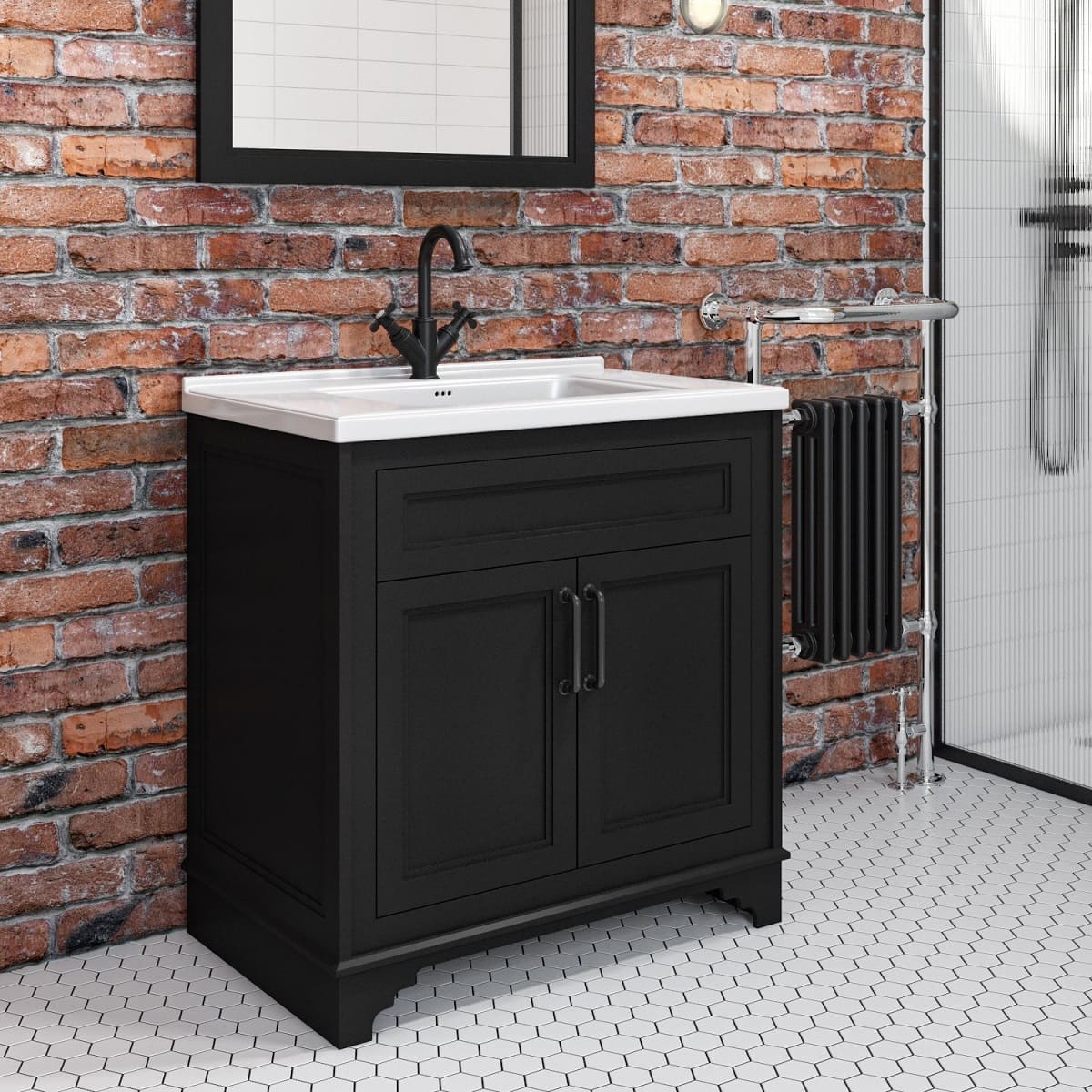
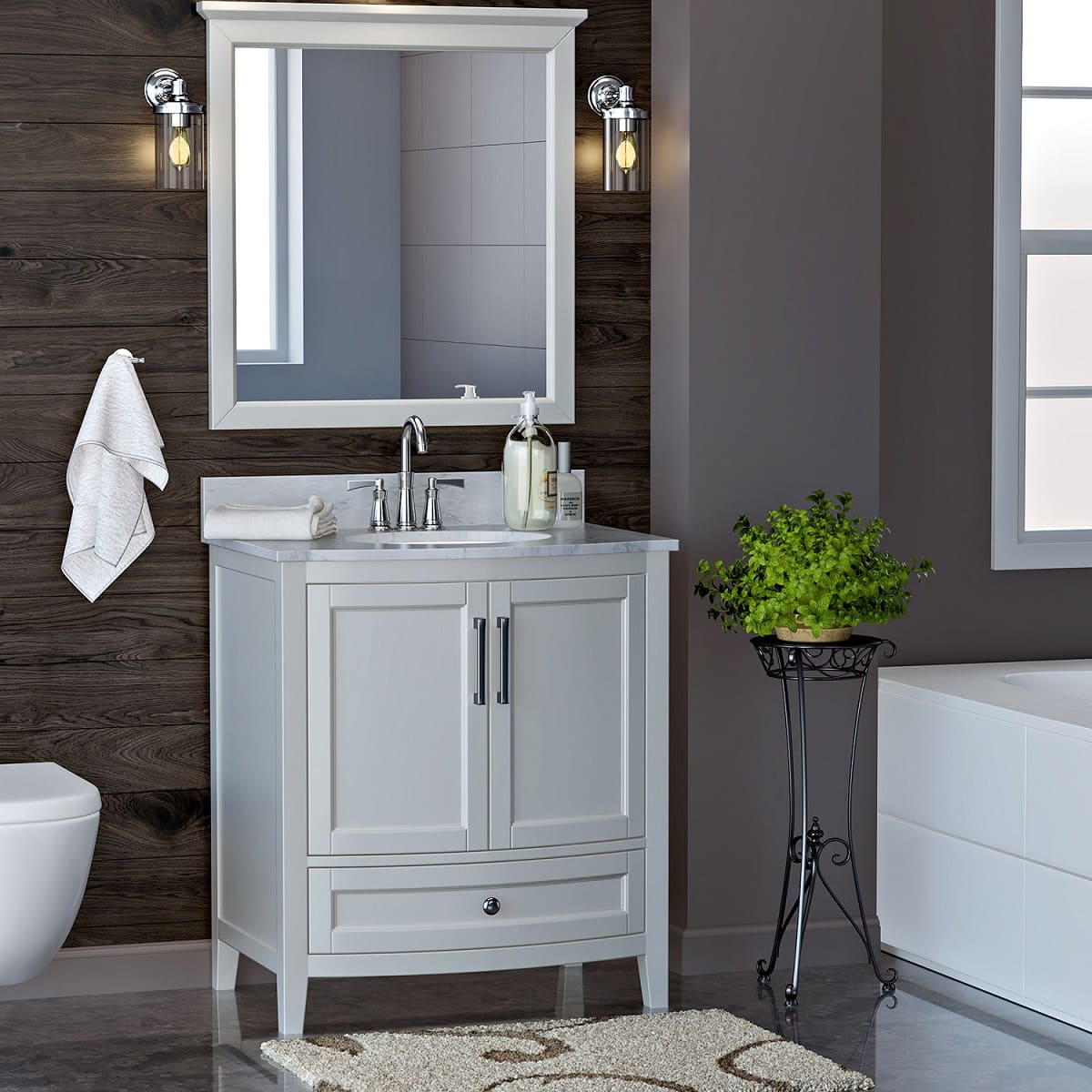
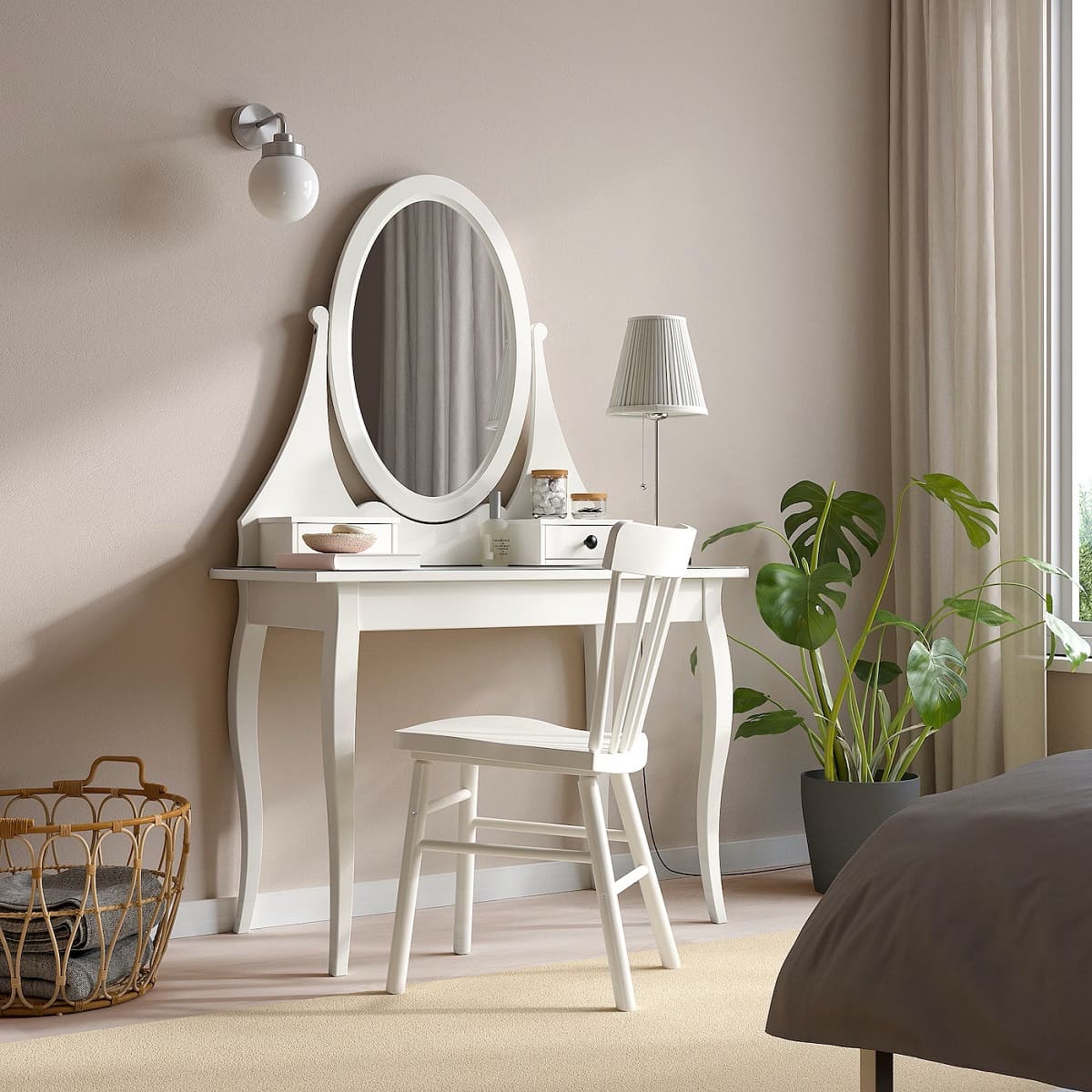
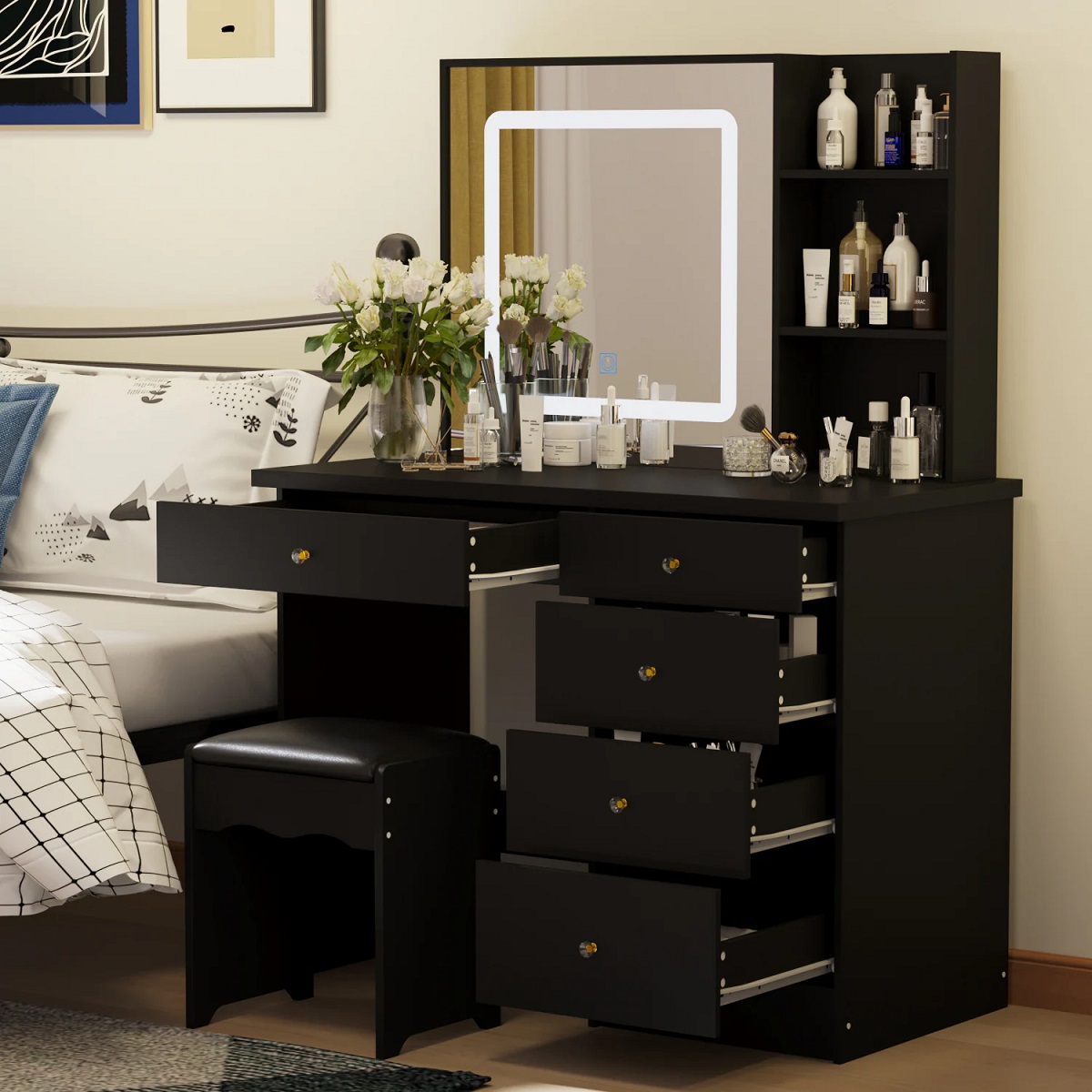
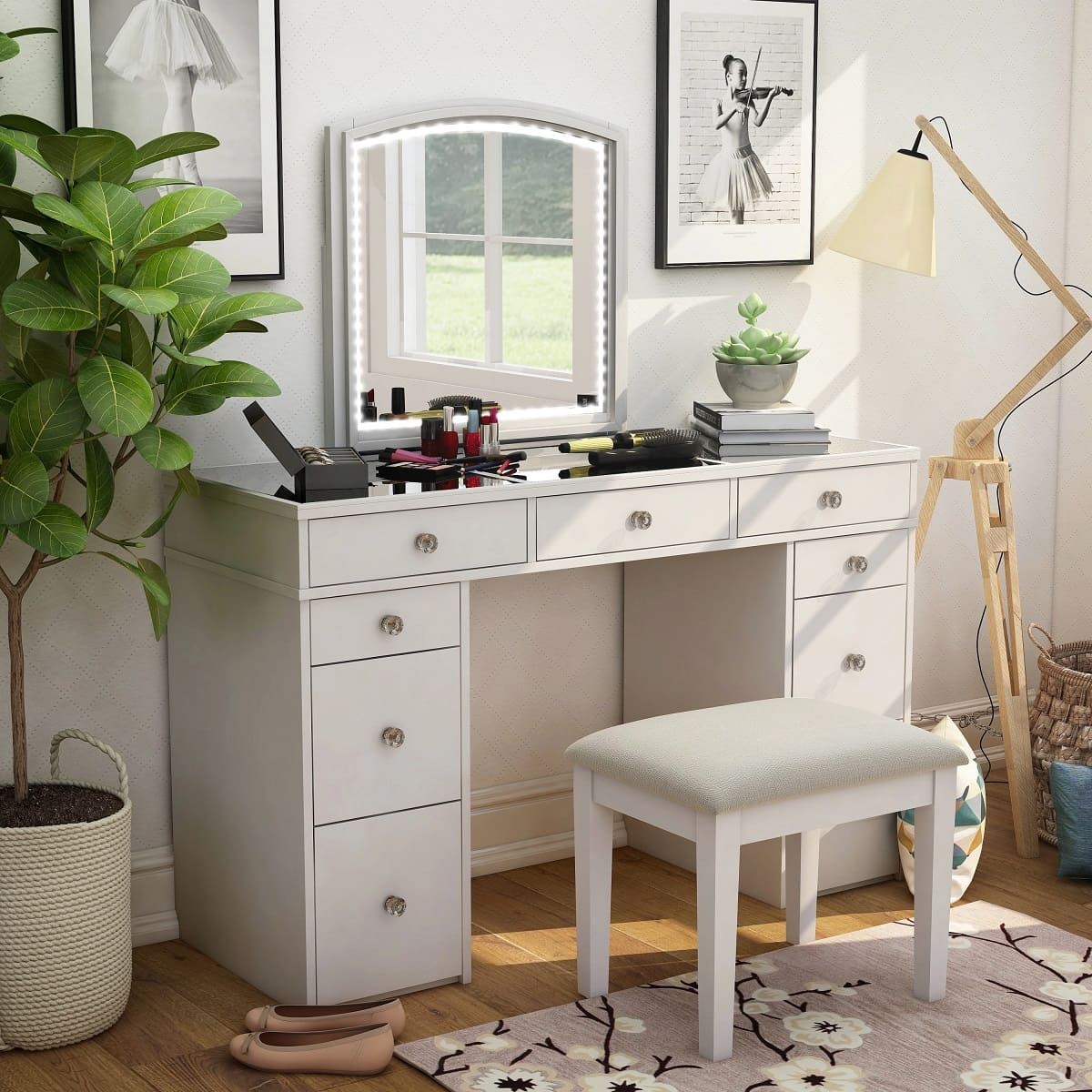
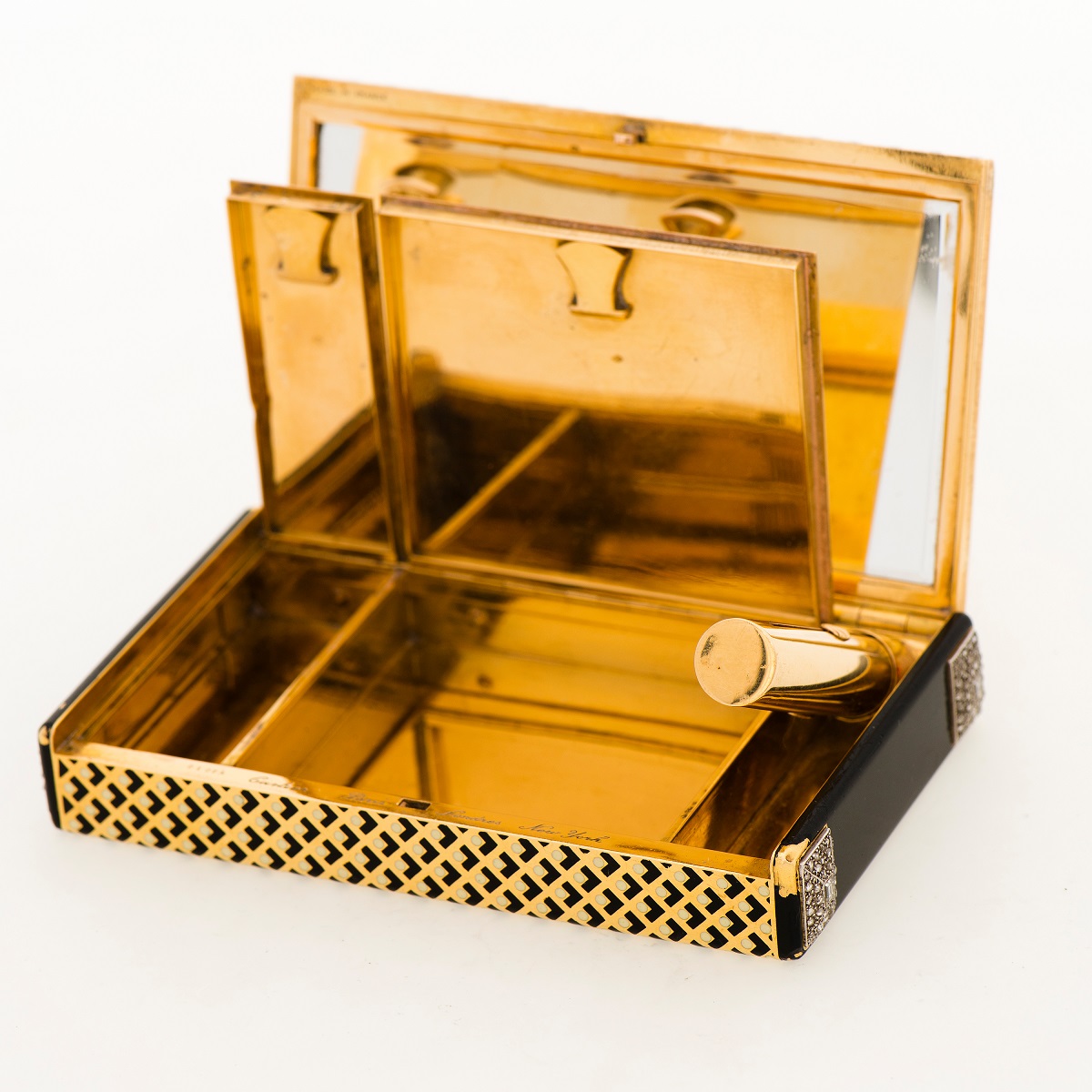
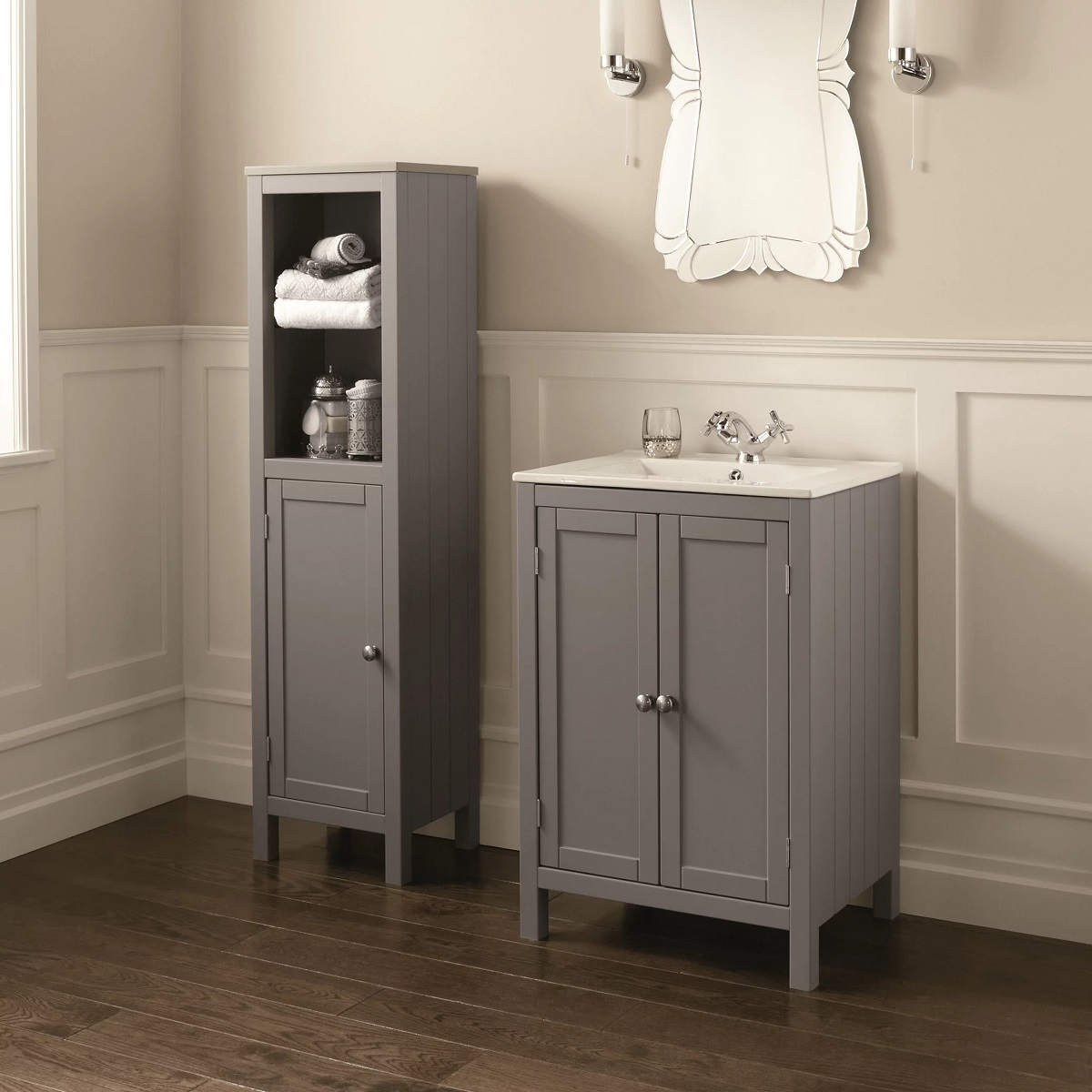
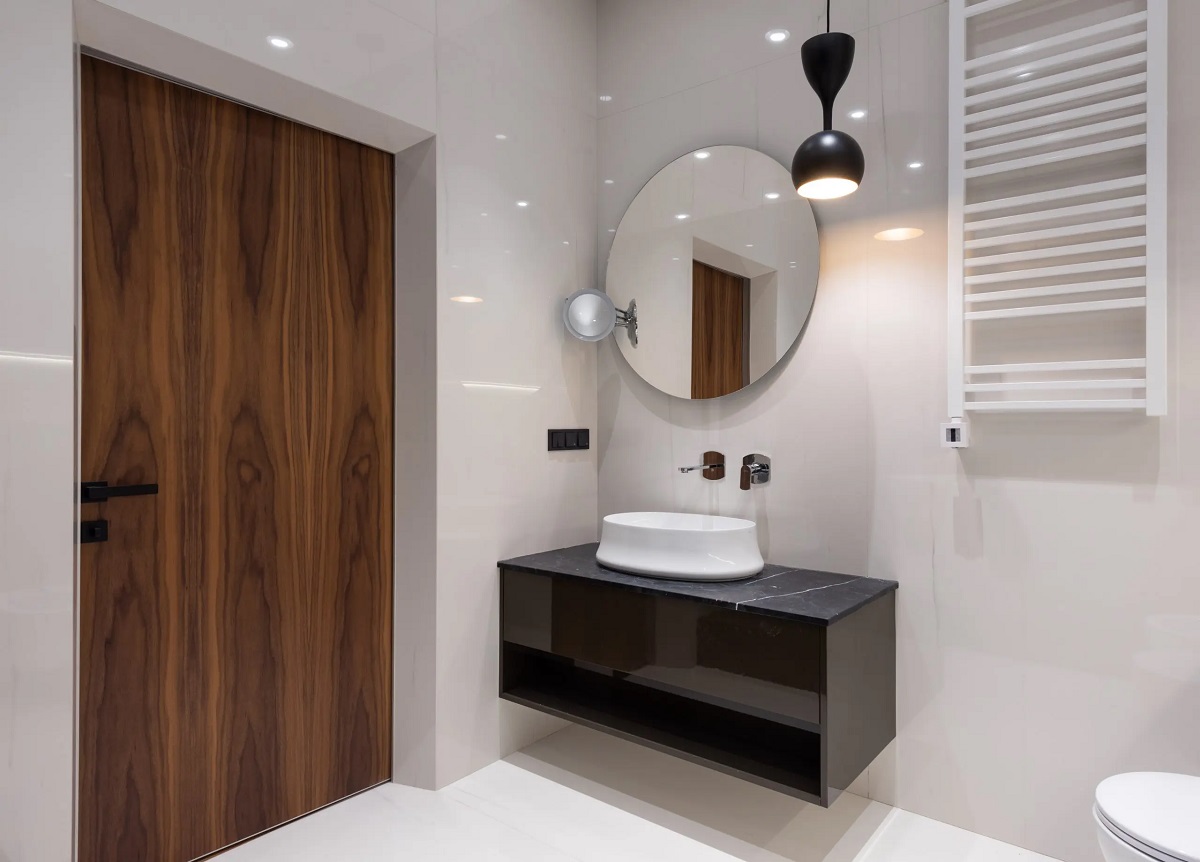
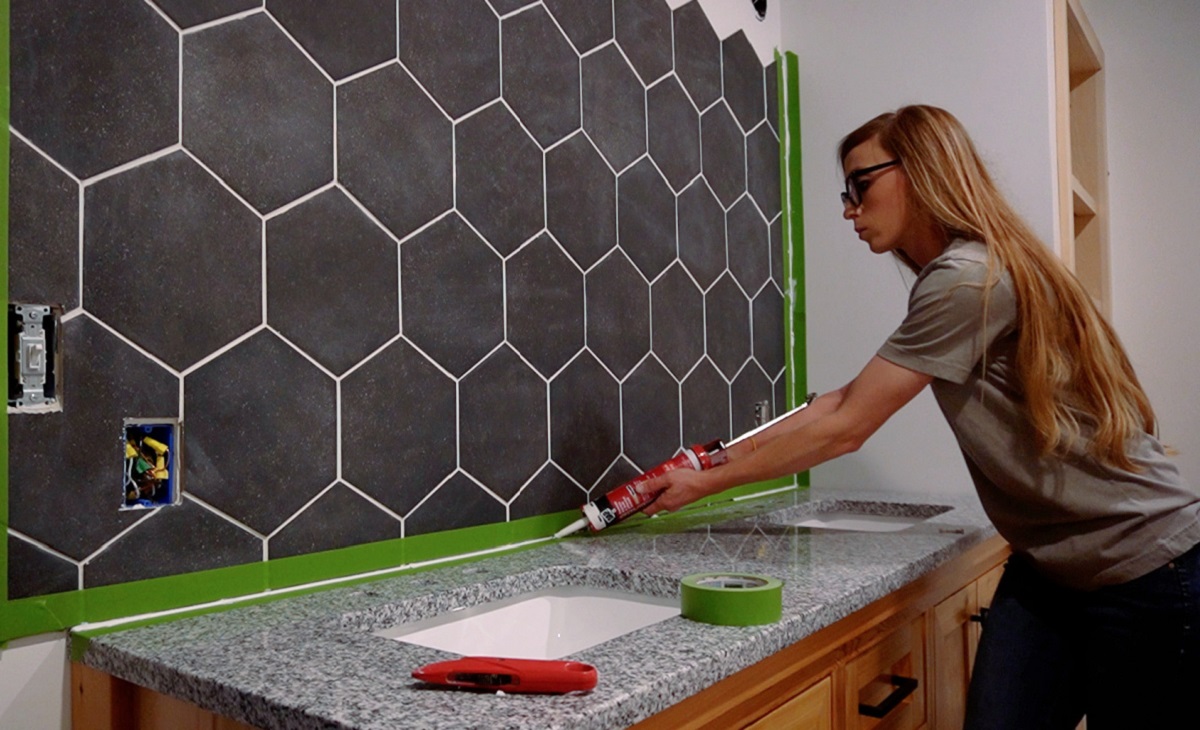
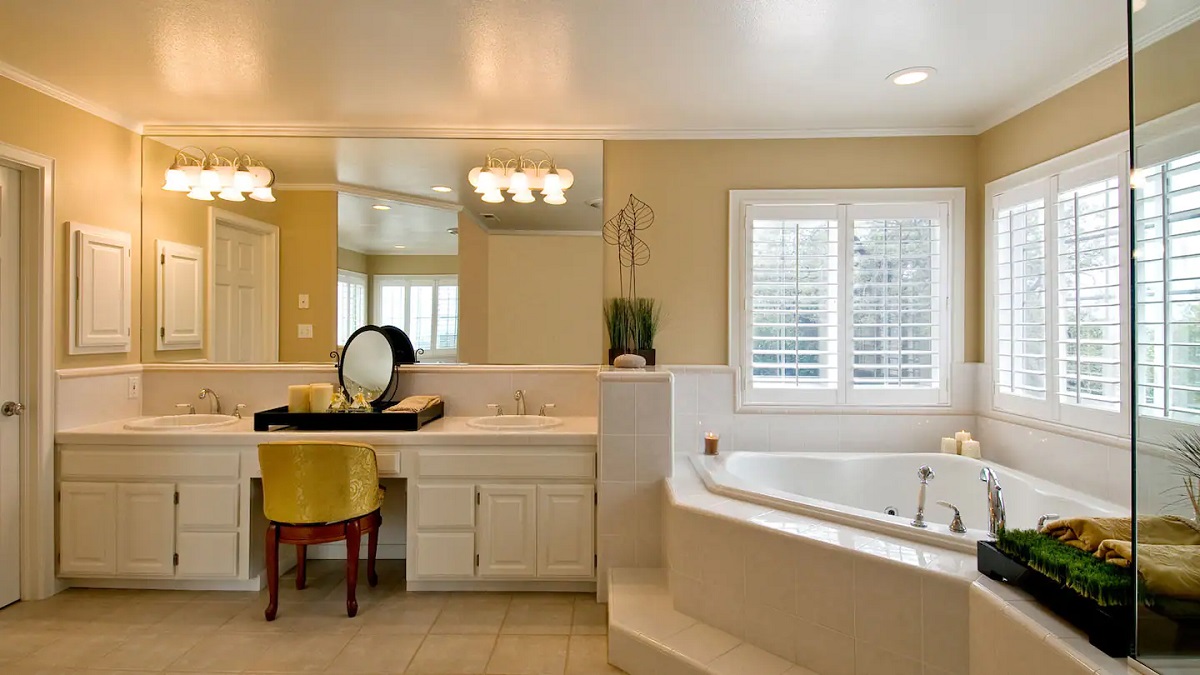
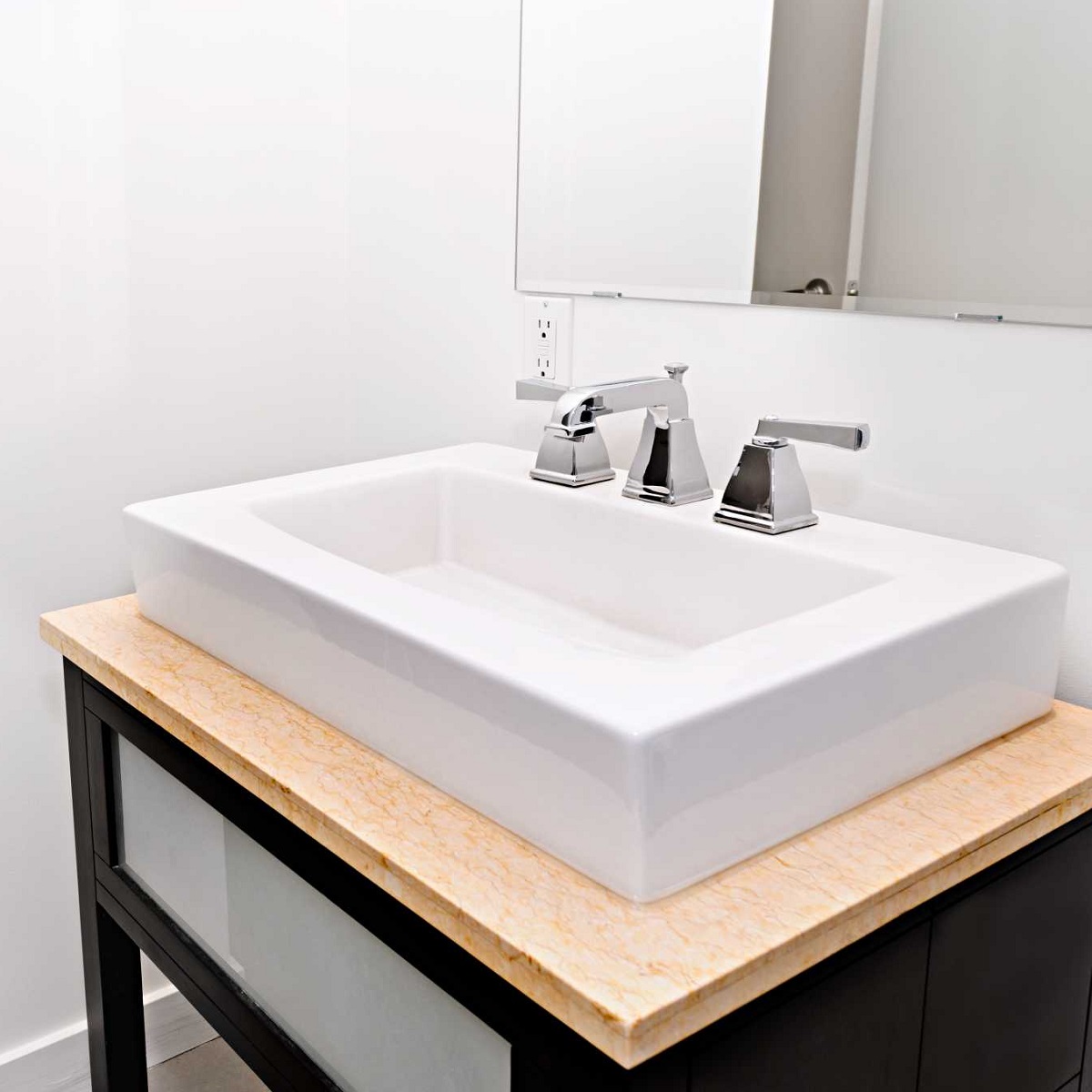
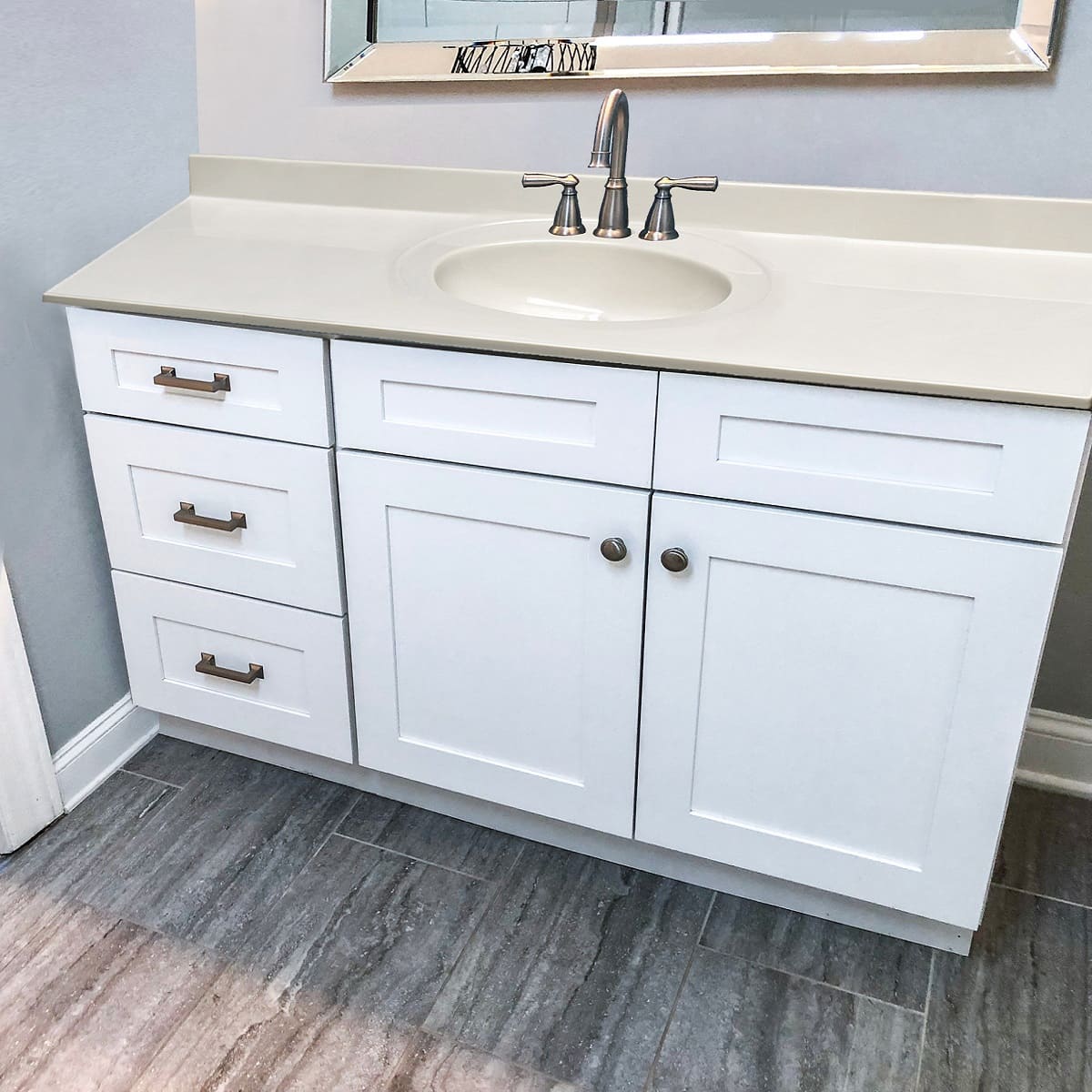

0 thoughts on “What Is A Bathroom Vanity”